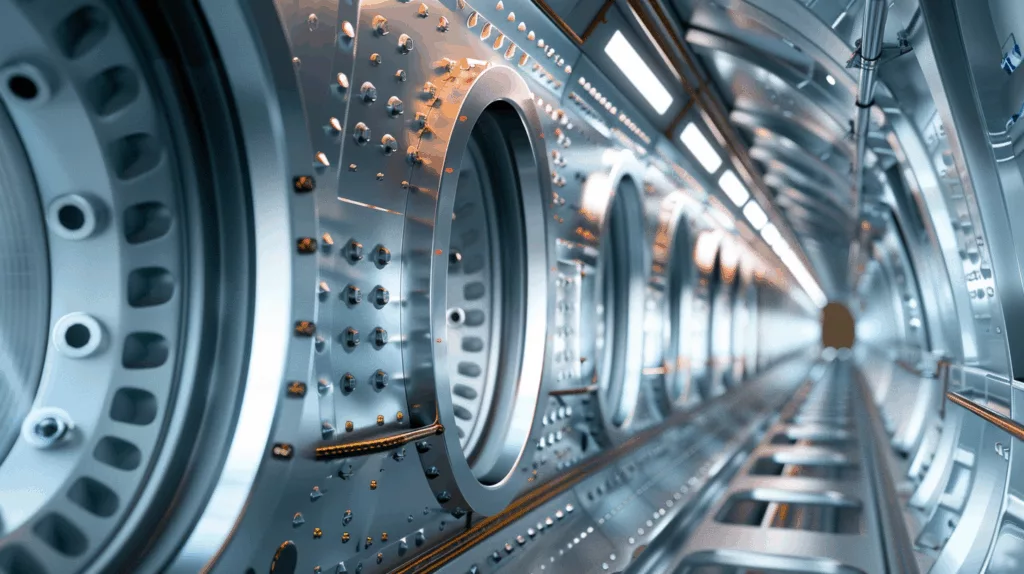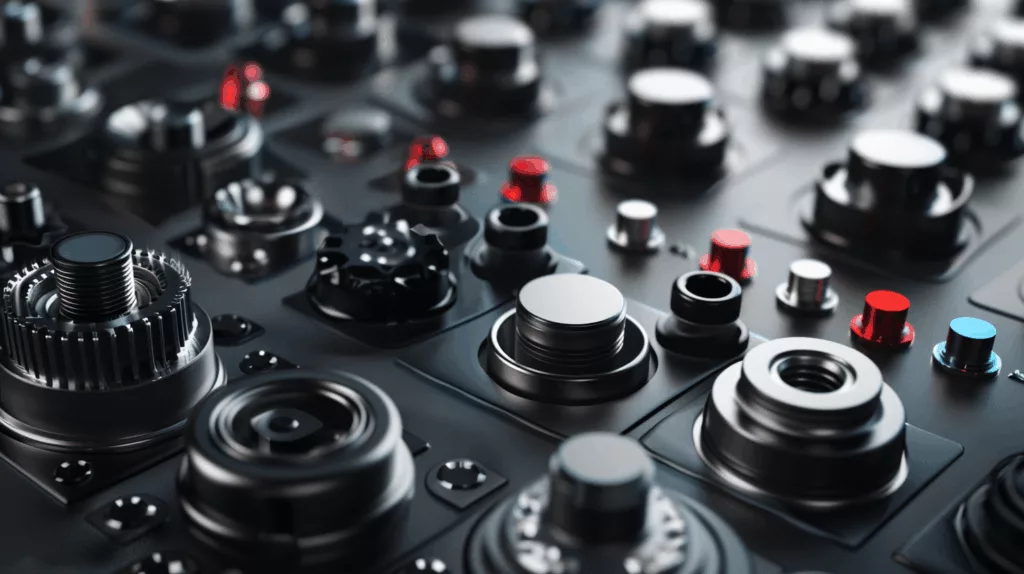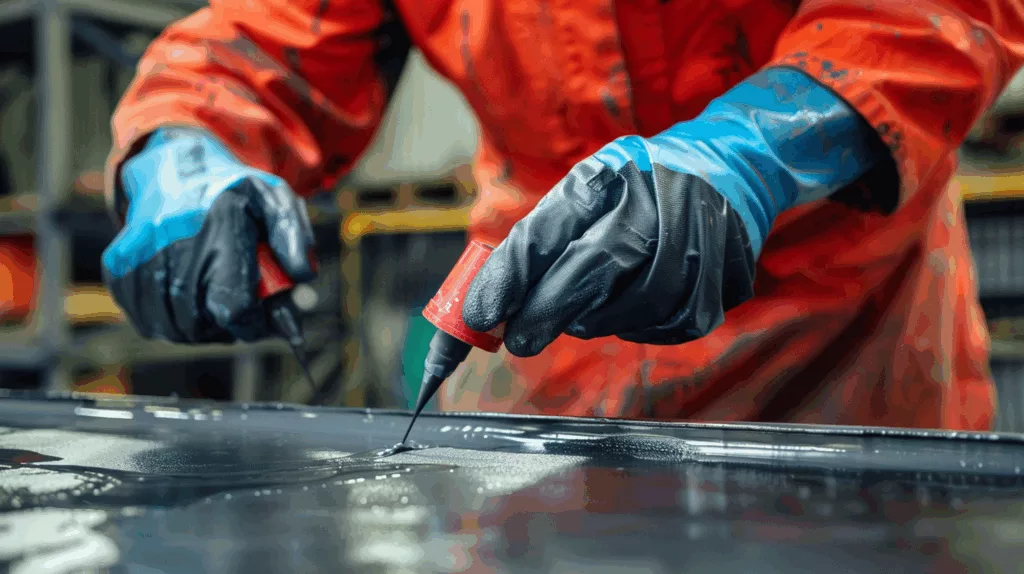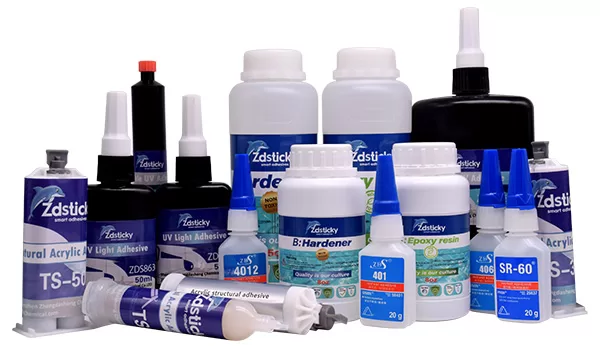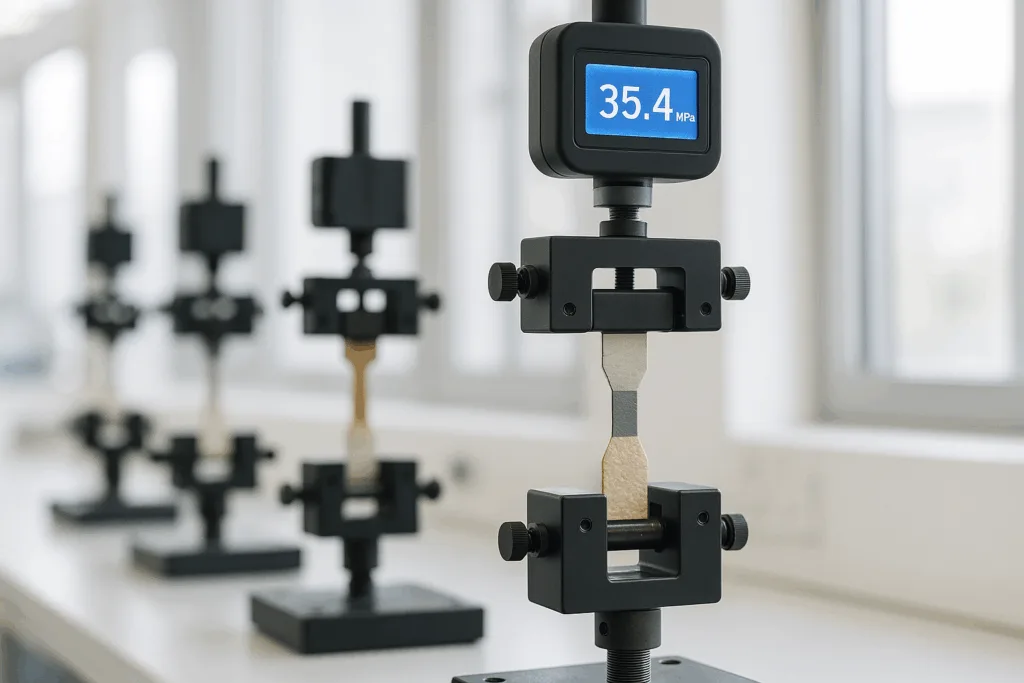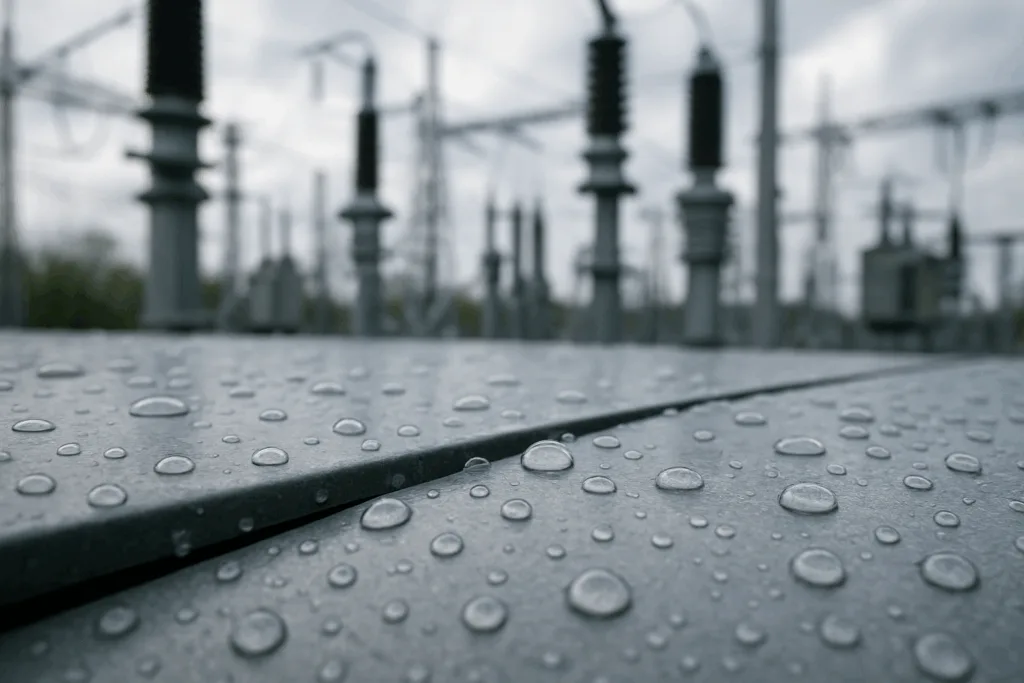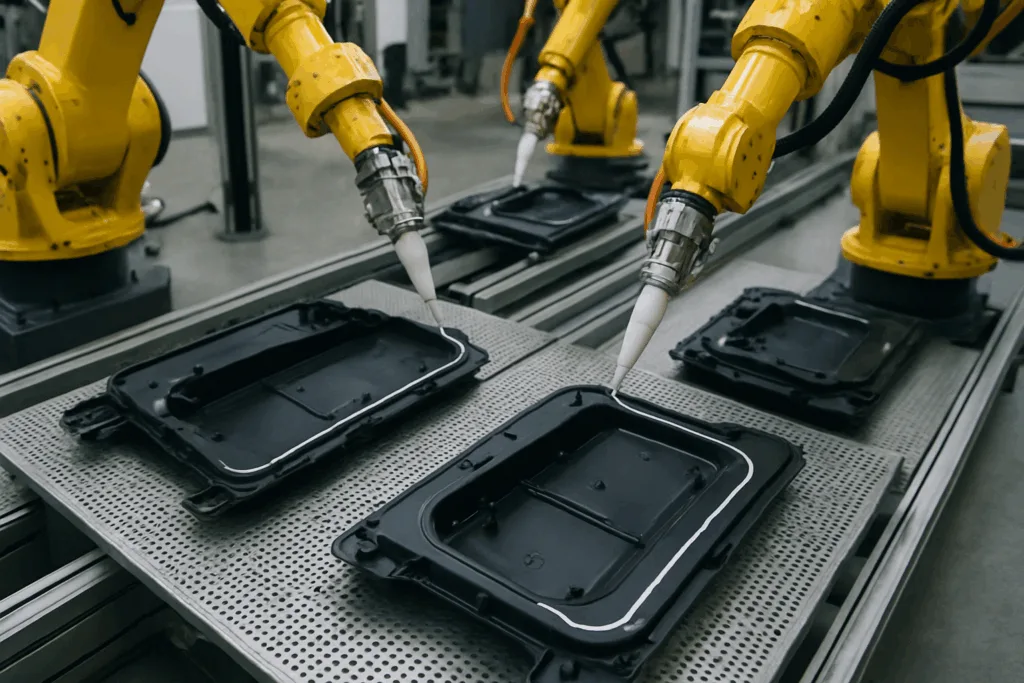Choosing the right structural adhesive for metal bonding is critical for ensuring strength, durability, and performance in industrial and engineering applications. Whether you’re in automotive, aerospace, electronics, or construction, a dependable bond between metal components is essential.
ZDS™ is a trusted adhesive manufacturer providing innovative bonding solutions, helping engineers and manufacturers around the world meet the highest standards of structural integrity.
Why Structural Adhesives Are Ideal for Metal Bonding
Unlike traditional mechanical fasteners or welding, structural adhesives offer:
- Even stress distribution across bonded surfaces
- Reduced material fatigue and corrosion risk
- Lightweight assembly without drilling or riveting
- Enhanced aesthetic appeal by eliminating visible joints
Key Factors to Consider When Selecting a Structural Adhesive
Type of Metals Involved
Different adhesives interact differently with metal substrates like aluminum, steel, copper, or alloys. Consider whether the metals are similar or dissimilar and whether surface treatments are needed.
Load Requirements
Understanding whether the joint will undergo shear, peel, tensile, or compressive forces is crucial. Structural adhesives are engineered for high load-bearing capacity, but some formulations are optimized for specific stresses.
Environmental Exposure
If your bonded parts will be exposed to heat, moisture, chemicals, or UV, choose adhesives with appropriate resistance properties.
Cure Time and Process
Production timelines and equipment affect which adhesive is practical. Some adhesives require heat curing, while others cure at room temperature.
Application Method
Whether applied via cartridge, automated dispensing, or spraying, choose an adhesive compatible with your operational process.
Common Types of Structural Adhesives for Metal
Epoxy Adhesives
Highly durable with strong chemical and environmental resistance. Ideal for high-stress applications.
Acrylic Adhesives
Faster curing and tolerant to less-than-perfect surface preparation. Good for high-volume production lines.
Polyurethane Adhesives
Flexible and impact-resistant. Best for bonding dissimilar metals or components prone to vibration.
Cyanoacrylates (Super Glues)
Not typically “structural,” but fast-curing options exist for light-duty bonding or temporary fixturing.
Best Practices for Bonding Metal to Metal
- Clean and degrease surfaces thoroughly before bonding
- Roughen metal surfaces with abrasion to increase adhesion
- Use a primer if recommended by the adhesive manufacturer
- Allow proper curing time as per technical datasheets
- Test bonds under actual service conditions if possible
Frequently Asked Questions
What is the best adhesive for metal?
The best adhesive depends on your application. For structural strength and durability, epoxy adhesives are often considered the gold standard.
Can structural adhesives replace welding?
Yes, in many applications, adhesives provide equivalent or superior strength without thermal distortion.
How long do metal bonding adhesives last?
With proper surface prep and environmental compatibility, structural adhesives can last for decades.
Conclusion: Making the Right Choice
Selecting the right structural adhesive for metal bonding involves understanding your materials, performance requirements, and environmental conditions. With expert advice and high-performance formulations from industry leaders like ZDS™, your bonding solution can become a reliable asset in your manufacturing or assembly process.

